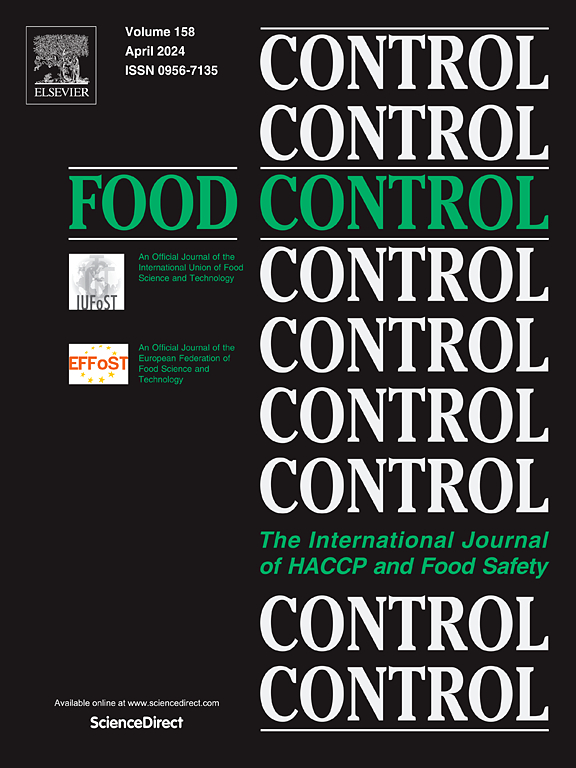Machine learning-enhanced color recognition of test strips for rapid pesticide residue detection in fruits and vegetables
IF 5.6
1区 农林科学
Q1 FOOD SCIENCE & TECHNOLOGY
引用次数: 0
Abstract
Food safety, particularly the risks posed by pesticide residues, has become a critical public health concern. Existing detection methods are often slow, expensive, and require complex equipment, limiting their widespread use. This study introduces a rapid test strips system for pesticide residues, focusing on cholinesterase and organophosphate pesticides. The system combines a colorimetric reaction with machine vision to automate image analysis. Key image processing techniques, including noise reduction and threshold extraction, are used to analyze RGB values from the test strips. Multicolor feature indices are then derived to process the data. Additionally, an improved genetic programming-symbolic regression (GP-SR) model is developed to establish the relationship between these indices and pesticide residue levels. Experimental results show that the enhanced GP-SR model increases the R2 value by up to 0.195 after normalization, improves the coefficient of determination by 2.5%, and reduces the RMSE by 16%. This approach offers a more efficient and accurate method for detecting pesticide residues in fruits and vegetables, contributing to improved food safety monitoring.
求助全文
约1分钟内获得全文
求助全文
来源期刊

Food Control
工程技术-食品科技
CiteScore
12.20
自引率
6.70%
发文量
758
审稿时长
33 days
期刊介绍:
Food Control is an international journal that provides essential information for those involved in food safety and process control.
Food Control covers the below areas that relate to food process control or to food safety of human foods:
• Microbial food safety and antimicrobial systems
• Mycotoxins
• Hazard analysis, HACCP and food safety objectives
• Risk assessment, including microbial and chemical hazards
• Quality assurance
• Good manufacturing practices
• Food process systems design and control
• Food Packaging technology and materials in contact with foods
• Rapid methods of analysis and detection, including sensor technology
• Codes of practice, legislation and international harmonization
• Consumer issues
• Education, training and research needs.
The scope of Food Control is comprehensive and includes original research papers, authoritative reviews, short communications, comment articles that report on new developments in food control, and position papers.
 求助内容:
求助内容: 应助结果提醒方式:
应助结果提醒方式:


